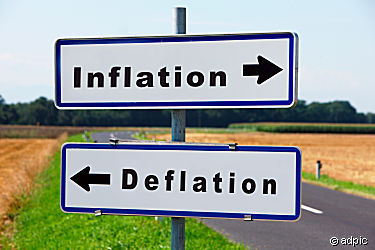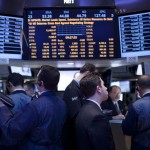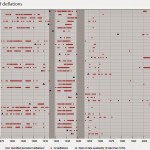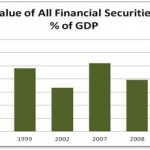Inflation? Deflation Is New Risk

A generation of economists and central bankers who lived through the 1970s learned that there is a large risk from runaway inflation and that steps must be taken to stop it before it gets out of control.
In reality, the threat these days comes from inflation that is too low, or even from deflation. Many of the world’s economic problems would be reduced if we could get more inflation than we have now.
The Swedish central bank, which began to raise interest rates in 2010, in part because of worries about a housing price bubble, completed its reversal of policy on Tuesday, cutting its target interest rate to zero after raising it as high as 2 percent in 2011.
The Swedish blunder was not as great as the one committed by the European Central Bank when it raised rates in 2008 — a worse time to do that is hard to imagine — and then again in 2011. Mario Draghi, who became E.C.B. president in late 2011, has done yeoman work to offset the damage of that policy, but consumer price indexes in several eurozone countries are indicating deflation has arrived.
On Wednesday, the Federal Reserve’s Federal Open Market Committee sort of ended its program of buying long-term Treasury bonds and mortgage-backed securities, known as Q.E. for quantitative easing.
Now, with quantitative easing ending, what has the Fed accomplished?
It has helped the economy, although not nearly to the extent that might have been hoped. Inflation, far from accelerating as some conservative economists forecast, has been running consistently below the Fed’s 2 percent target.
What we have not heard from the Fed is any clarification of what it will do if inflation does not pick up, let alone if it falls close to or below zero.
The only dissent at Wednesday’s meeting came from Narayana Kocherlakota, the president of the Federal Reserve Bank of Minneapolis, who in a speech this month said, “In my view, inflation below 2 percent is just as much of a problem as inflation above 2 percent.” He wanted a commitment to push inflation up to 2 percent.
At the moment, the threat of deflation is clearly greater in Europe than it is in the United States, and presumably some of the factors forcing prices down, including falling agricultural commodity and energy prices and a strengthening dollar, will diminish as time goes on.
What is needed is for Fed officials, and other economists, to make clear some of the damage that low inflation can inflict on an economy. They make adjustments harder for countries that need to become more competitive.
It has become common for some economists to denounce the effect of low interest rates on fixed-income investors, but that is not the complete story. Certainly those with money to invest now face an unappealing set of choices.
Source: NYT-Inflation? Deflation Is New Risk





























